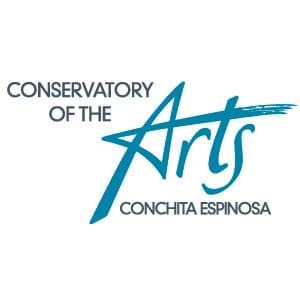At CEA, the visual and performing arts are a central part of the curriculum. Beyond their intrinsic value, the arts serve as an important conduit to learning important life skills. Through the arts, students are afforded multiple opportunities to finetune their judgment, create, and stretch their senses.
Human beings need creativity to feel fulfilled. Participation in the arts forces an individual to approach tasks from various perspectives and encourages individuals to take risks and “think outside the box.” Whether it’s learning a new musical composition, or expressing an emotion through dance or a self-portrait, every child is given the opportunity to express unique aspects of him or herself through the arts, thus providing an outlet for expression of their inner world. This ability helps children to acquire the confidence, strength and perseverance necessary to finding one’s element and niche in an ever-expanding world of opportunity.
Beyond increasing self-knowledge and awareness, the arts further strengthen skills necessary to work effectively with others, such as collaboration, accountability and the taking in of constructive criticism. A composer can compose a beautiful symphony, but if musicians do not work together in their interpretation and mastery of the notes, we would be unable to hear and enjoy the symphony. An openness to recognizing the role of all involved in the development and mastery of an art form, provides children with an openness to the fundamental interconnectedness of life.
In addition to the Arts as a part of their daily curriculum, students at CEA have the benefit of having the Conservatory of the Arts on campus, which provides students with the opportunity to participate in formal arts training through its extensive Conservatory-style curriculum in dance, music, theatre and visual arts after school.

Conservatory of the Arts
The Conservatory of the Arts allows students to continue developing their talents and interests in the Arts.
The Arts >



